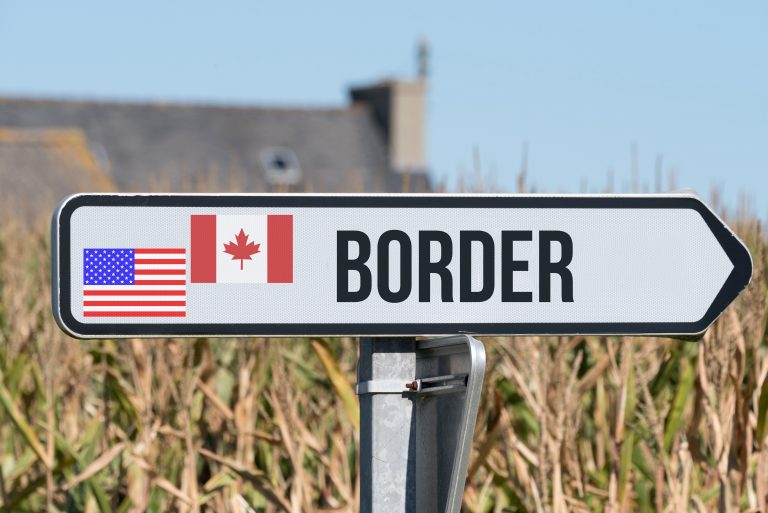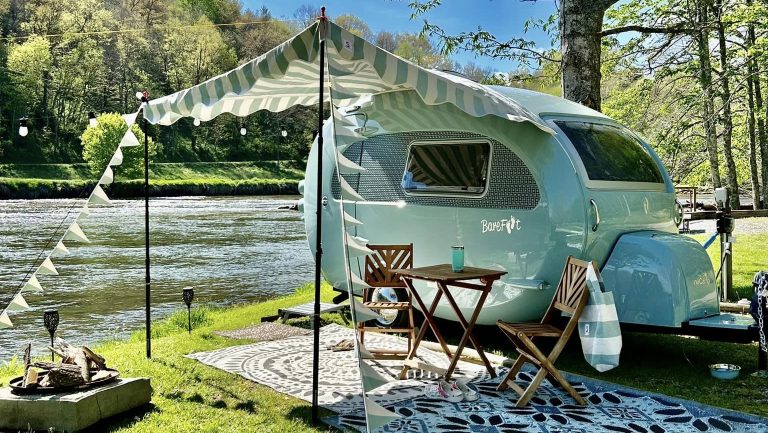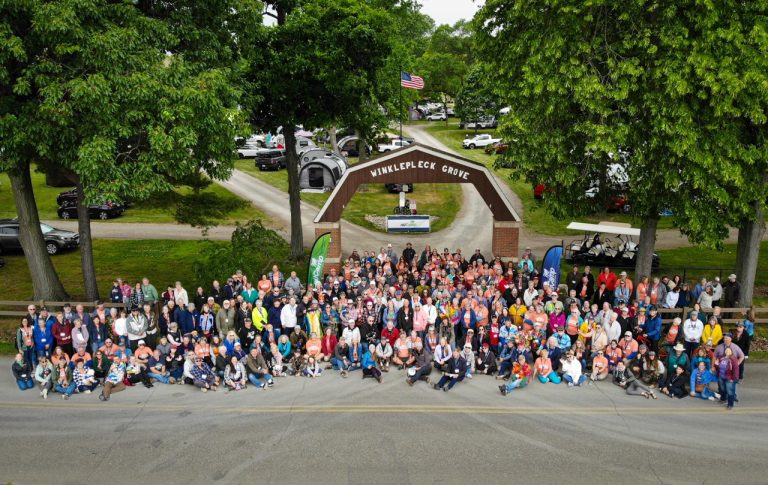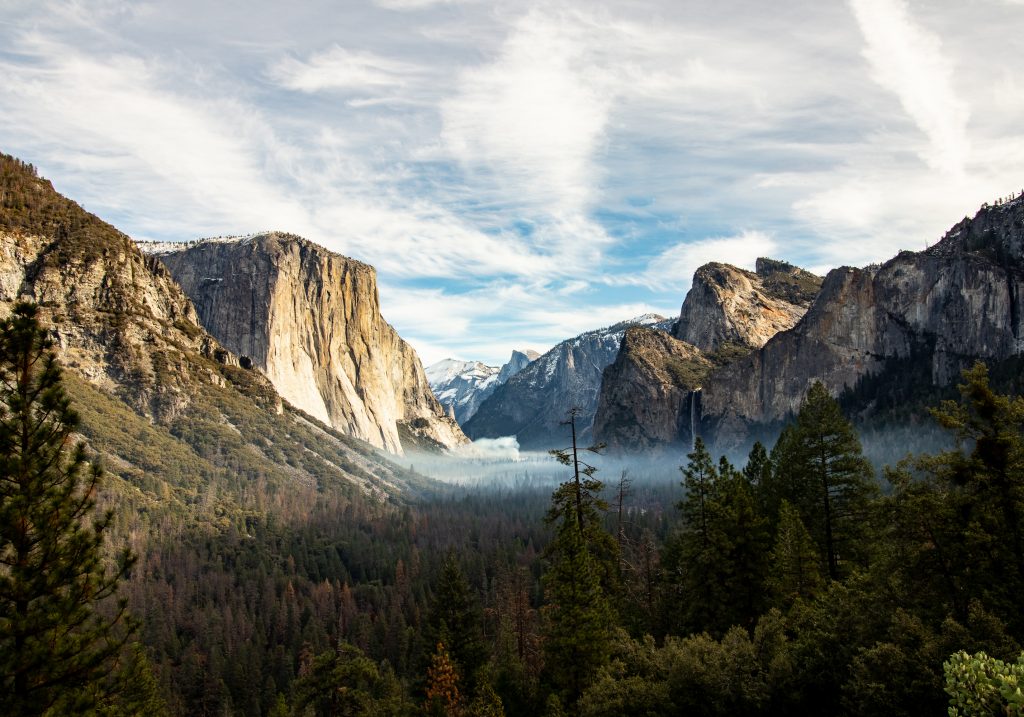Not sure if your favorite RV campground will be closed or subject to restrictions due to COVID-19? Or maybe you just want to explore some off-the-beaten-path locations. Consider a stay at one of the many locations that fall under the category of public land.
What are public lands? According to the U.S. Department of Interior, public lands include more than 400 national parks and 560 national wildlife refuges as well as scenic rivers, national marine monuments, national battlefields, wildernesses, and some state and local city parks.
Who owns them? Well, while specific government entities such as the Bureau of Land Management (BLM), U.S. Forest Service (USFS), U.S. Fish and Wildlife Service (USFWS), and National Park Service (NPS) manage them, ownership actually belongs to everyone in the United States—and that includes you! (If you want the backstory on how public lands came into being, read Your Guide to Understanding Public Lands by REI Co-Op.)
So, if you want to check out your property, read this rundown of some of the public lands that are under federal government management that includes camping options and other information as well as any COVID-19 restrictions.
National Parks
National parks in the National Park System include 28 different types of designations, from parks and preserves to monuments, battlefields, cemeteries, and affiliated areas. A national park can only be created by Congress and is designed to protect a variety of resources, including natural and historic features. Since 1916, the National Park Service (NPS) has been managing the 419 areas that cover more than 85 million acres in every state, the District of Columbia, American Samoa, Guam, Puerto Rico, and the Virgin Islands.
There are over 130 park units to choose from—just go to this page, view the map, and click on the link to go directly to that park’s website. You can also find information about camping at any of the sites that fall under the NPS here.
National Forests
The 154 national forests along with grasslands are managed by the U.S. Forest Service (part of the Department of Agriculture) under a multiple-use concept. This means they provide Americans with services, including lumber, grazing, minerals, and recreation. National forests tend to be located near national parks where they act as protective buffer zones.
Thinking of camping in a national forest? Read these tips first and then check these safety recommendations. Then choose your destination from this drop-down list or use this Interactive Visitor Map. The U.S. Forest Service also has geo-data maps on its website.
National Wildlife Refuges
The U.S. Fish & Wildlife Service manages wildlife refuges to conserve America’s fish, wildlife, and plants. Created in 1903, the Refuge System has grown to more than 560 sites with at least one wildlife refuge in every state and U.S. territory. While their role is to safeguard wildlife populations and their habitats, more than 500 of them also have a wealth of recreation opportunities, from hiking, canoeing, and kayaking to auto tours, wildlife viewing, hunting, fishing, and more.
There are some campgrounds within the National Wildlife Refuges system, but you’ll have to view each location to learn what is available. Go to this Wildlife Refuge map to search by state, ZIP code, or name.
National Conservation Areas (NCAs)
National conservation areas are part of the National Conservation Lands, a system of public lands that contain some of the nation’s most spectacular landscapes. The 17 NCAs (plus The Alabama Hills National Scenic Area in California) covering 3,725,457 acres are managed by the Bureau of Land Management and can be found in eight states.
Camping opportunities on BLM-managed lands including some of the NCAs range from boondocking to highly developed campgrounds. Use this searchable list to search by state, activity, and keyword.
National Recreation Areas
If water-based outdoor activities are your preference, then visit one of the 18 national recreation areas. From Texas to Massachusetts, Washington State to West Virginia, California to New York, you’ll have your pick of locations and experiences, since many also have important natural and cultural features. Click on each one in the dropdown lists to learn more about camping and amenities.
Want to know more about the other public lands? Visit this page for additional information.
Recent Articles





